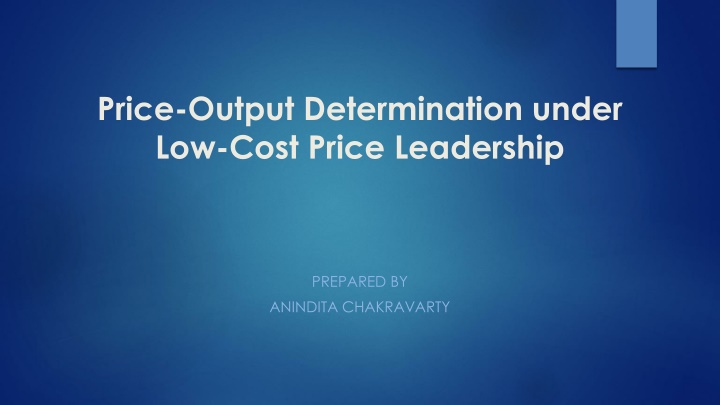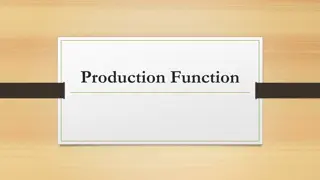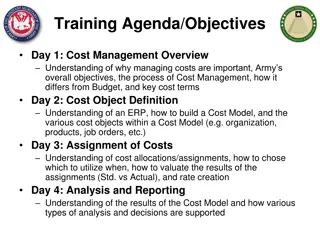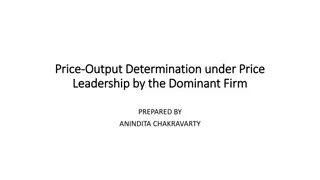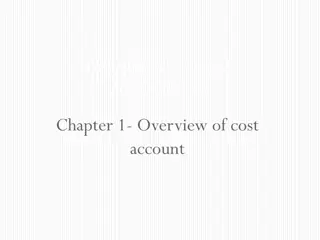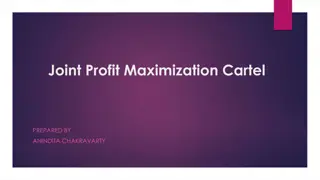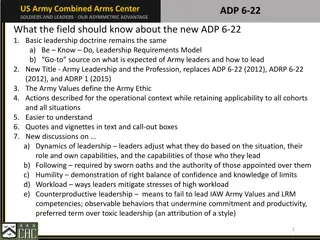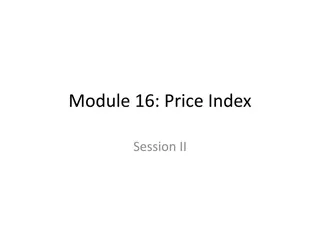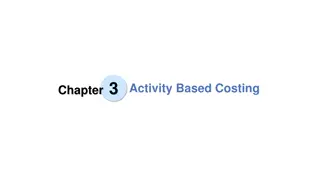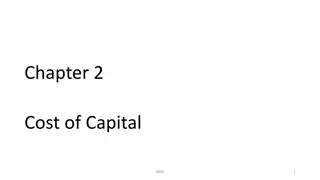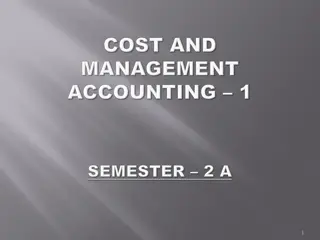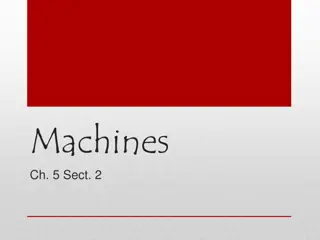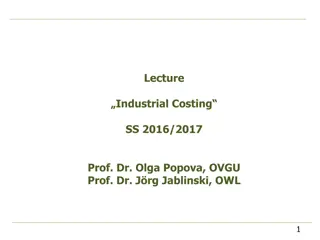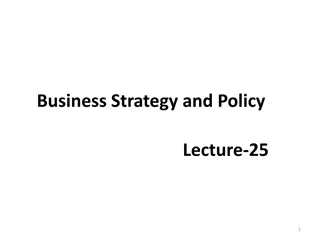Price-Output Determination Under Low-Cost Price Leadership
Economists have developed models on price-output determination under price leadership, with assumptions about leader and follower behavior. In this scenario, two firms, A and B, with equal market share and homogeneous products, navigate pricing strategies based on cost differentials. Firm A, with lower production costs, dictates the pricing dynamics, leading to a price war where Firm B follows as a price follower. The agreement establishes Firm A as the price leader, setting the stage for a specific pattern of pricing differentials between leader and followers.
Download Presentation

Please find below an Image/Link to download the presentation.
The content on the website is provided AS IS for your information and personal use only. It may not be sold, licensed, or shared on other websites without obtaining consent from the author.If you encounter any issues during the download, it is possible that the publisher has removed the file from their server.
You are allowed to download the files provided on this website for personal or commercial use, subject to the condition that they are used lawfully. All files are the property of their respective owners.
The content on the website is provided AS IS for your information and personal use only. It may not be sold, licensed, or shared on other websites without obtaining consent from the author.
E N D
Presentation Transcript
Price-Output Determination under Low-Cost Price Leadership PREPARED BY ANINDITA CHAKRAVARTY
Economists have developed various models concerning price-output determination under price leadership making different assumptions about the behaviour of price leader and his followers. We shall first explain price-output determination under price leadership by a low- cost firm.
In order to simplify our analysis we make the following assumptions: (1) There are two firms, A and B. The firm A has a lower cost of production than firm B. (2) The product produced by the two firms is homogeneous so that the consumers have no preference between them. (3) Each of the two firms has equal share in the market. In other words, demand curve facing each firm will be the same and will be half of the total market demand curve of product.
Price and output determination under price leadership is illustrated in Fig Each firm is facing demand curve Dd which is half of the total market demand curve DD for the product. MR is the marginal revenue curve of each firm. ACaand MCa are the average and marginal cost curves of firm A, and ACband MCbare the average and marginal cost curves of firm B. Cost curves of firm A lie below the cost curves of firm B because we are assuming that firm A has a lower cost of production than firm B.
The firm A will be maximizing its profits by selling output OM and setting price OP, since at output OM, its marginal cost is equal to the marginal revenue. maximum when it fixes price OH and sells output ON. It will be seen from the figure that profit- maximising price OP of firm A is lower than the profit- maximising price OH of firm B. Since the two firms are producing a homogeneous product, they cannot charge two different prices. Because the profit- maximising price OP of firm A is lower than the profit- maximising price OH of firm B, firm A will dictate the price to the firm B or, in other words, firm A will win if there is price war between the two and will emerge as a price leader and firm B will be compelled to follow. Given these facts, the agreement reached between them, even though tacit it may be, will require that the firm A will act as the price leader and firm B as the price follower. Firm B s profits will be
When the products of the price leader and his price- followers are differentiated, then the price charged by them will be different but the prices charged by the followers will be only slightly different either way from that of the price leader and they will conform to a definite pattern of differentials THANK YOU
